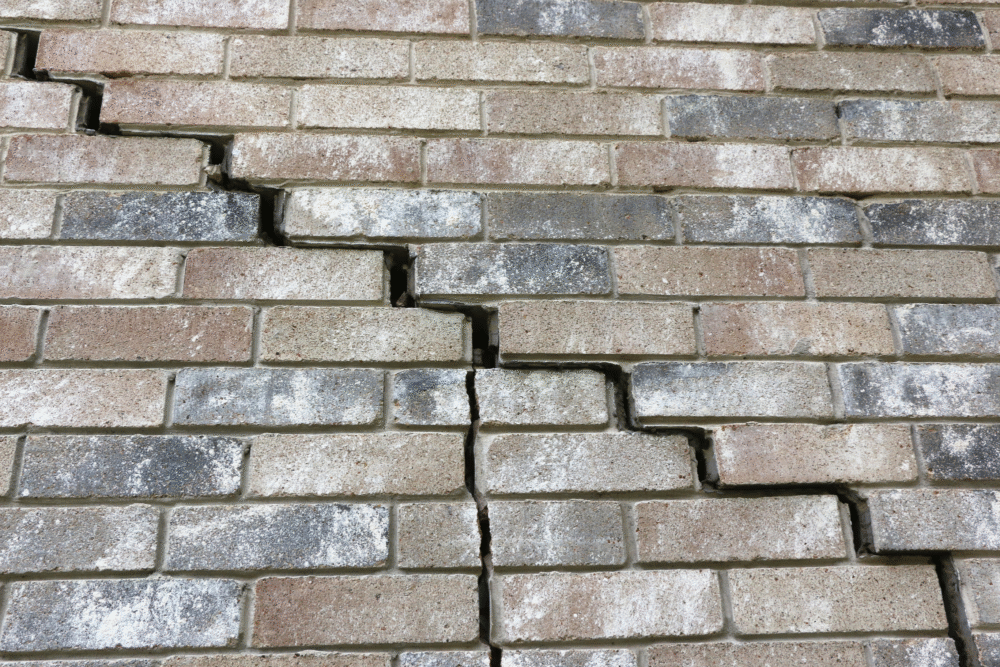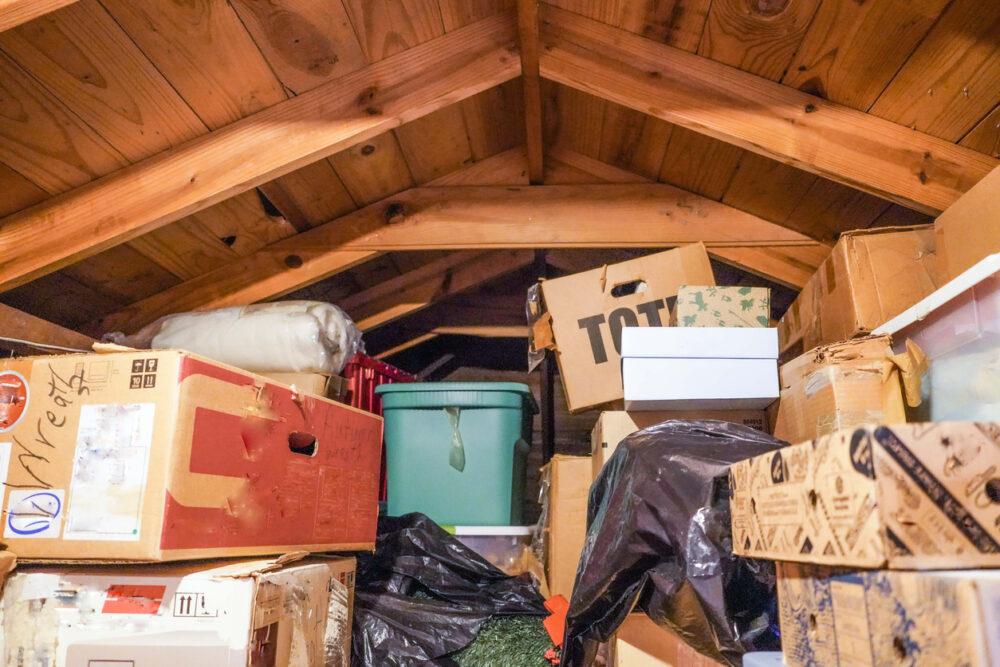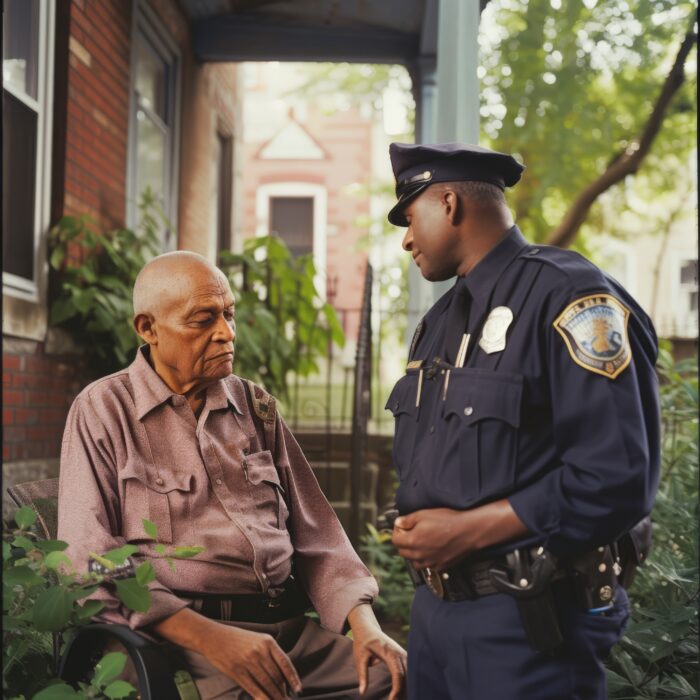Beyond just collecting, you might be stockpiling a problem.

Do you ever wonder if your “collection” has grown a bit out of hand, or if your well-meaning thriftiness has taken a turn into something more serious? It can be tricky to tell the difference between a love for unique finds and a compulsion that’s starting to affect your daily life.
This guide will help you identify some key indicators that might suggest you’ve crossed the line from enthusiastic accumulator to someone struggling with compulsive hoarding.
1. Your home is no longer serving its intended purpose.

If your living spaces are so filled with items that you can barely navigate them, or if rooms meant for sleeping, cooking, or bathing are now just storage units, that’s a significant red flag. You might find yourself eating meals in one small clear spot on a table, or having to carefully step over stacks of belongings just to get to the bathroom.
This isn’t about having a cluttered home; it’s about the sheer volume of stuff preventing you from using your home as it was designed. When functional areas become impassable, it suggests the items have taken priority over your ability to live comfortably and safely within your own space.
2. You feel extreme distress at the thought of discarding anything.

The idea of getting rid of even seemingly insignificant items brings on intense anxiety, panic, or sadness. You might rationalize keeping broken objects, old newspapers, or clothes that don’t fit, convincing yourself they “might be useful someday” or hold sentimental value, even if they clearly don’t.
This emotional attachment is a key differentiator from simple clutter. It’s not just reluctance; it’s a deep-seated fear of loss or regret that prevents you from decluttering, leading to an ever-growing accumulation of things you don’t need or use.
3. Your possessions are causing health or safety concerns.

Piles of items can create tripping hazards, block exits, or attract pests, leading to an unsanitary and dangerous living environment. Dust mites, mold, and fire risks increase dramatically when clutter takes over, posing serious threats to your well-being and that of anyone else in the home.
Beyond physical dangers, the sheer volume can make cleaning impossible, exacerbating allergies or respiratory issues. When your belongings start actively endangering your health or safety, it’s a clear sign that the situation has escalated beyond simple disorganization.
4. You’re isolating yourself due to the state of your home.

You might avoid having guests over, turn down social invitations, or make excuses to prevent anyone from seeing the true extent of your living situation. The shame and embarrassment associated with the clutter can lead to a profound sense of isolation, further entrenching the hoarding behavior.
This self-imposed solitude perpetuates the problem, as you lose out on the external accountability and support that might encourage you to address the issue. The fear of judgment becomes more powerful than the desire for connection, reinforcing the cycle of accumulation.
5. You acquire items you don’t need or have space for.

The compulsion to obtain new items, often for free or at a very low cost, becomes overwhelming, regardless of whether you have a legitimate use for them or anywhere to store them. This could involve excessive shopping, collecting freebies, or even rummaging through trash.
This constant influx of new possessions exacerbates the existing problem, adding to the piles and making decluttering even more daunting. The thrill of acquisition often overshadows any practical considerations, leading to an endless cycle of bringing more into an already overflowing space.
6. Your relationships are strained because of the hoarding.

Family members, friends, or even partners might express frustration, anger, or concern about your hoarding, leading to arguments and tension. They may feel helpless or ignored as their pleas for you to address the issue go unheeded, causing a significant rift in your connections.
This strain on relationships often stems from the impact the hoarding has on shared living spaces, financial resources, or general well-being. When your possessions start to actively damage your most important bonds, it’s a powerful indicator of how serious the problem has become.
7. You have difficulty organizing or categorizing your belongings.

Even if you wanted to clean up, the sheer volume and disarray make it nearly impossible to sort, categorize, or even locate specific items. Everything feels overwhelming, and the thought of tackling the mess is paralyzing, leading to further inaction and deeper clutter.
This isn’t just about being untidy; it’s a cognitive challenge where the ability to create order breaks down. The lack of structure contributes to the feeling of being buried by possessions, making any attempt at decluttering feel futile and impossible.
8. The clutter is impacting your finances.

You might spend excessive amounts of money on acquiring items, storage units, or even professional cleaning services, diverting funds from essential needs. Furthermore, the inability to find important documents or the damage to valuable possessions due to neglect can lead to financial losses and stress.
The financial burden of hoarding often goes beyond just the cost of new items, encompassing missed bill payments, fines, or the devaluation of your home. When your possessions start to actively deplete your resources, it’s a serious sign that the problem has spiraled out of control.
9. You’ve had interventions or warnings from authorities.

Neighbors, landlords, or even social services might have expressed concerns about the condition of your home, potentially issuing warnings or requiring clean-up efforts. These interventions often occur when the hoarding creates public health hazards, safety risks, or violates housing codes.
Such external pressure is a strong indicator that the problem has become severe enough to affect those outside your immediate circle. It’s a wake-up call that your hoarding is no longer just a private matter but a public concern demanding immediate attention.
10. You feel overwhelmed by the volume of your possessions.

Despite the emotional attachment or rationalizations for keeping things, there’s an underlying sense of being buried or suffocated by your belongings. The sheer quantity creates a feeling of chaos and disarray, even if you can’t bring yourself to part with anything.
This feeling of being overwhelmed highlights the paradox of hoarding: the very items you cling to are simultaneously a source of immense stress. It’s a silent cry for help, signaling that the joy of acquisition has long been overshadowed by the burden of accumulation.
11. Your daily routines are significantly impaired by the clutter.

Simple tasks like preparing meals, getting dressed, or even sleeping become incredibly difficult or impossible due to the obstruction of your belongings. You might find yourself constantly moving items just to perform basic functions, wasting significant time and energy.
This goes beyond minor inconvenience; it’s about the fundamental disruption of your ability to live a functional life within your own home. When your possessions dictate your daily movements and prevent you from completing routine activities, it’s a clear indication of compulsive hoarding.
